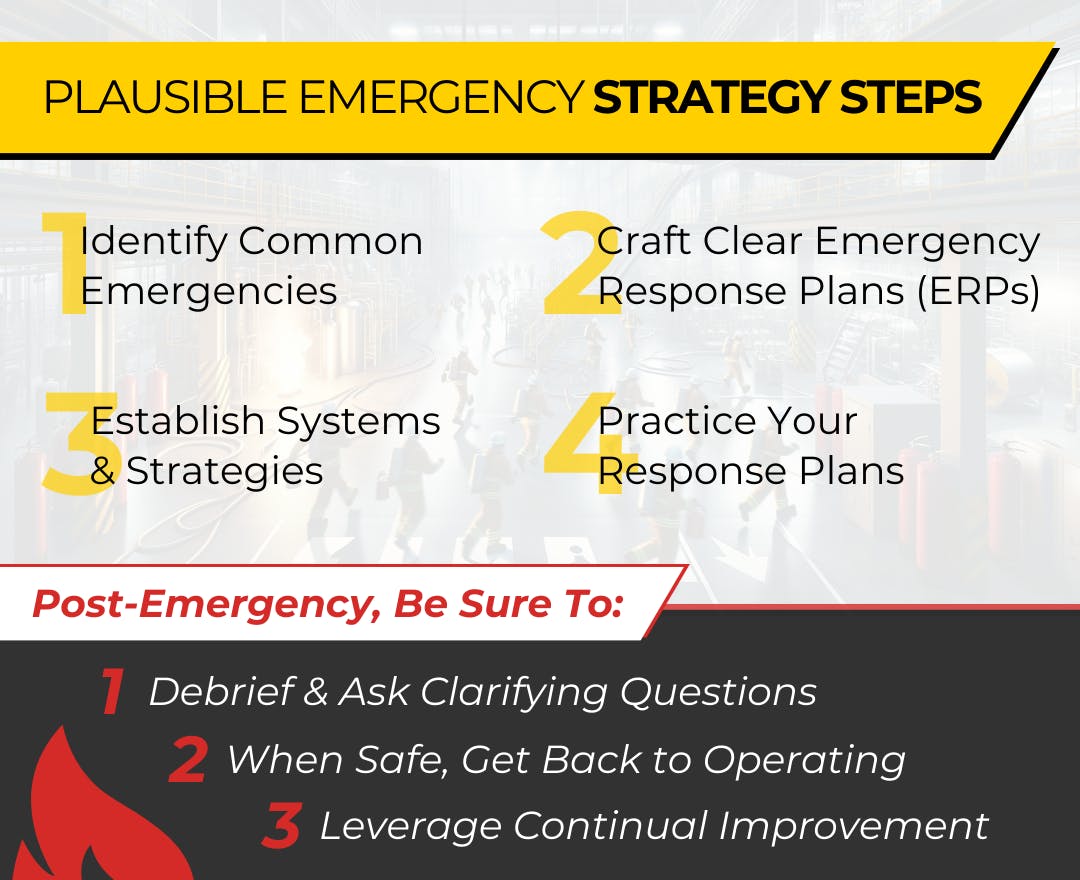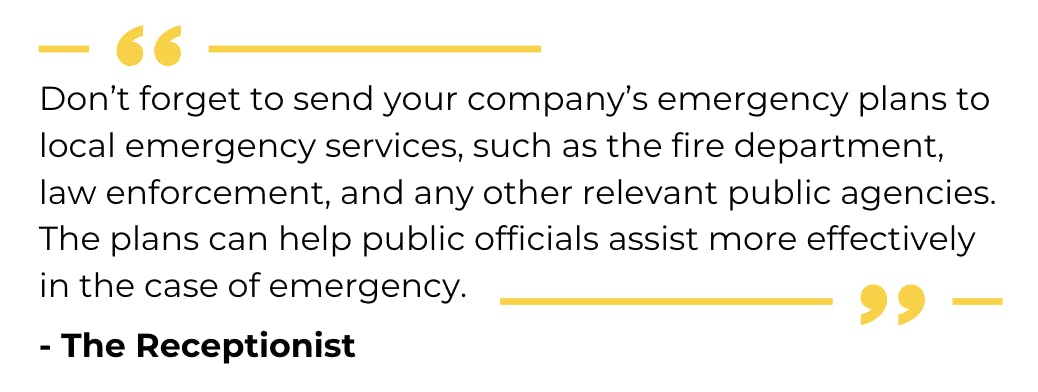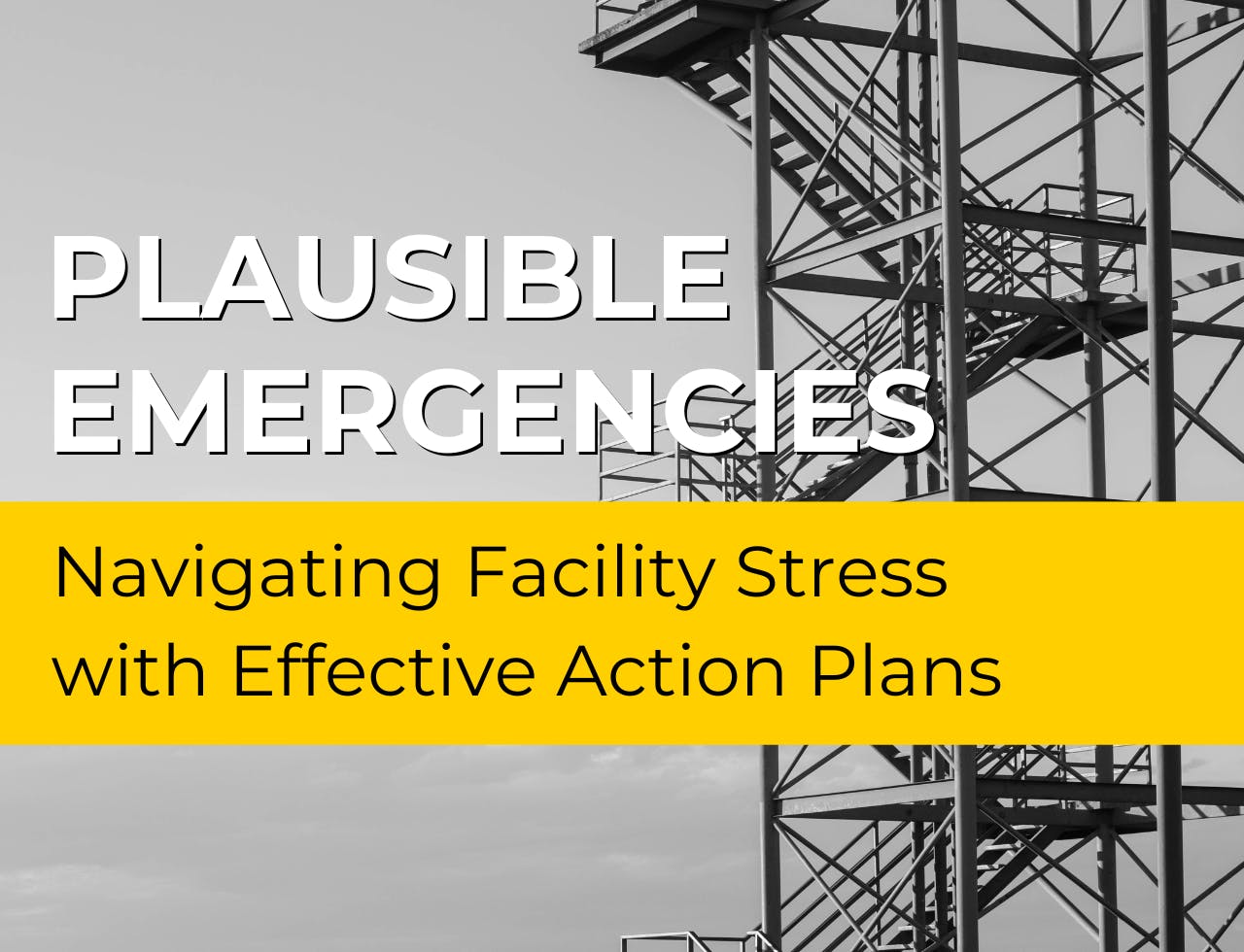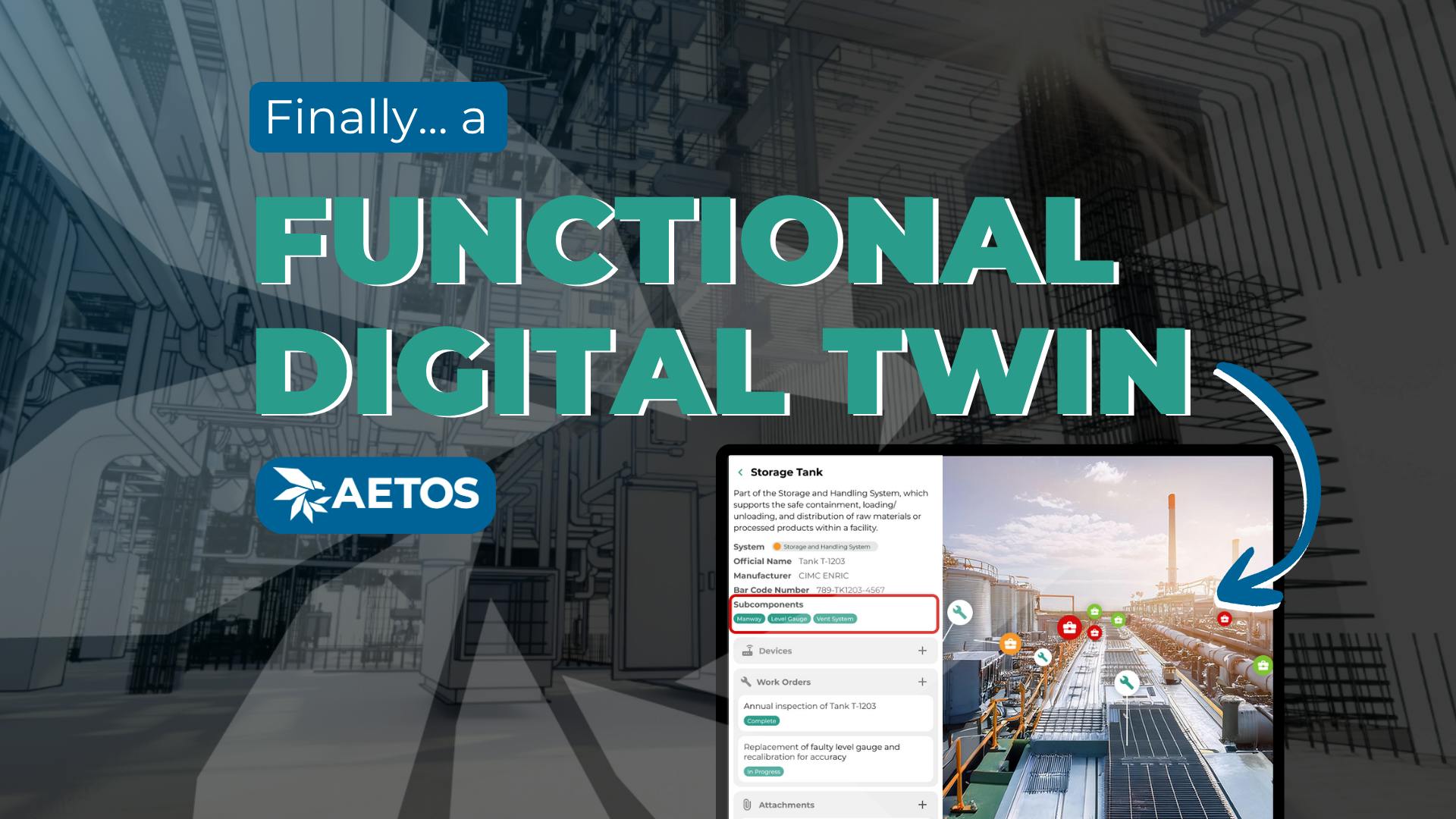Plausible Emergencies: Navigating Building Stress with Effective Plans
Intentional organizations plan for emergencies.
Now to be clear: they don’t circle a date on the calendar and send out a memo saying, “Next week we’re going to have a small fire on the second floor. Be sure to practice your means of egress paths before Thursday!”
By “planning for emergencies”, we mean that these organizations prepare their facilities for specific events and correlated responses. Effective plans can yield safer experiences, mitigating damage to a site and/or staff member(s). So in a way, planning for emergencies - and constructing and drilling the best actions for as many scenarios as possible - is the ideal way to navigate facility stress.
How should a management team prepare for these unstated yet inevitable emergencies?

Identify Common Emergencies
Various emergencies in industrial and commercial real estate settings pose unique challenges. Fire breakouts, chemical spills, electrical failures, structural issues, natural disasters, and security breaches are among the common crises that can arise - with each requiring a specific and immediate response.
In order to prepare for an emergency and develop an action plan, an institution needs to first identify what potential threats could happen within their walls or on their production line. With a dedicated team, operational managers should develop realistic scenarios that could occur within their organization, industry, and even for some specific rooms of their facility. Listing out diverse, plausible emergencies will help set the scope of planning that needs to transpire.
Craft Clear & Effective ERPs (or EAPs)
From the list of potential emergencies, develop Emergency Response Plans (ERPs), aka Emergency Action Plans (EAPs), for each type of emergency. Keep in mind that situational variables - like location, time of day, and severity of the event - may require more detail and thought for each individual plan.
One of the best places to start would be to refer to Occupational Safety and Health Administration (OSHA) resources. According to OSHA, a workplace emergency is “a situation that threatens workers, customers, or the public; disrupts or shuts down operations; or causes physical or environmental damage.”
Successfully navigating workplace emergencies has a direct impact on the people and assets within the bounds of a facility and across its organization; adhering to OSHA standards is crucial for any built environment. This includes clear reporting procedures, evacuation plans, critical operations management, accountability post-evacuation, and procedures for rescue and medical roles during emergencies.
If you need help getting started, check out this OSHA page for a deeper dive on emergency preparedness and response.
Establish Systems & Strategies
A well-crafted Emergency Response Plan is vital for managing and navigating plausible emergencies. As per OSHA guidelines (and somewhat intuitively), it's essential to have clear procedures tailored to specific risks and personnel.
Establish a clear chain of command; document and implement communication strategies; and regularly drill scenarios across your organization. Regularly.
Having systems and strategies in place only strengthens ERP procedures should a need for response arise. When individuals know their roles and the proper steps to take, more clarity is granted in a potentially chaotic setting. Additionally, the conversations and research a team collaborates on will lead to better methods, more streamlined processes, and improved plans.

Naturally, the next step in preparing for plausible emergencies is to practice. Employees should be trained to recognize emergencies and respond appropriately, while leadership should coordinate efforts and ensure effective communication with emergency services and first responders.
The execution of evacuation procedures as rehearsed - in coordination with emergency services - are pivotal in these situations. Although practicing ERPs for plausible emergencies can cause interruptions in daily operations, these vital exercises could save an organization (or an individual!) from an even more disruptive chapter should an emergency scenario get out of control due to a lack in proper ERP conduct.
…Should an Emergency Occur
Let’s suppose that the circled calendar date arrived on time (or maybe a day early). You didn’t send out the memo, but your team was prepared due to your diligent practicing, operative communication, and visualization support (ie emergency signage).
Thankfully, no one was injured. And although your production experienced some minor setbacks, resolution is on the horizon.
What do you do now that the situation has passed? Are there best practices for navigating post-emergency facility stress? What can an organization do moving forward?
Post-Emergency Actions
Debrief & Ask Questions
Once the immediate threat is over, the focus should shift to recovery and learning. A thorough debriefing to assess the actions taken and identifying areas for improvement are necessary. Documentation of the incident and support for employees are also imperative for legal, regulatory, and improvement purposes.
Next, dig deeper on the stress event itself. Analyze the speed and efficiency of the evacuation if one occurred. Reflect on the communication with internal members and emergency services. Debrief over the ERPs and the documented procedures for the affected area and employees. Were they followed? Were they ignored? If so, why? Replay the scenario and ask critical questions that will lead to exposing data and awareness - or lack thereof.
When Safe, Get Back to Operating
It’s intuitive that repair and restoration efforts must begin promptly to minimize operational downtime. Yet it's equally important to communicate transparently with all stakeholders about the incident and the steps taken to address it.
Furthermore - should the emergency prove severe - many companies take the next step, offering mental health resources and counseling services to affected employees. Navigate post-emergency stress with both procedural excellence and a supportive, resilient workplace culture.
Leverage Continual Improvement
The silver-lining to the calendar square: Each emergency presents a learning opportunity.
Continual improvement in emergency preparedness is a dynamic process that evolves with every incident and drill. Regardless if it's a practice event or an actual crisis, continual improvement involves regularly updating ERPs to reflect new and existing threats, technological advancements, and changes in building infrastructure or personnel.
Regularly review and refine emergency action plans, adapting to new risks and alterations in the building: management should be constantly on the lookout for improvement. Leverage the negative situation for a positive next step. In doing so, organizations can walk away with actionable information and insight.
Intentionally procuring feedback from all participants after drills or real emergencies is another smart strategy. Additionally, staying informed of industry best practices and integrating them into the ERP can be fortuitous for facilities and personnel alike.
This ongoing process of refinement not only enhances emergency responses but also demonstrates a commitment to the safety and well-being of everyone in the area. By treating emergency preparedness as a living component of workplace culture, companies can adapt more swiftly and competently to unforeseen challenges.

Develop, Document, and Practice Plans With Aetos
Aetos offers a revolutionary facility management solution with 3D visualization, providing clarity into the built environment. We put portfolio-wide operations onto a single pane of glass, utilizing an interactive platform for site-specific visibility, operational training, asset documentation, live data, historical information, SOPs, and overall location understanding.
This enhanced insight is not just about seeing the physical space of a facility; we also grant companies a stronger awareness of their premises in a way that traditional blueprints or 2D maps cannot provide. With Aetos, developing your emergency action plans become a more informed process with a better site-specific learning interface.
Our integrated platform allows you to virtually practice and train your personnel for specific responses. Now, individuals can pinpoint critical areas, identify potential hazards, and plan evacuation routes and safety zones with precision. Furthermore, the virtual setting can be drilled and assessed digitally without compromising visual context, reducing employee and asset downtime while still providing practice events that are repeatable and measurable.
This level of detail is invaluable in crafting plans that are not only compliant with safety regulations but are also practically applicable and tailored to the unique contours of a specific site.
No one knows when that emergency date will pop up; but Aetos is intent on helping the built environment navigate plausible emergencies with effective plans and site-specific practice.
Let Aetos be your partner in the journey towards creating a safer, more informed workplace. Our innovative approach to facility management transforms the way emergency plans are developed, documented, and practiced, making them more adaptable, efficient, and intentional. Contact Aetos today to learn more about how we can help your organization shape the safety and well-being of your built assets and its occupants.



